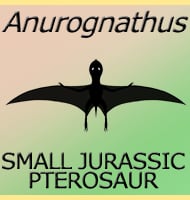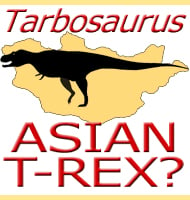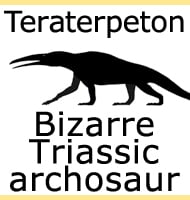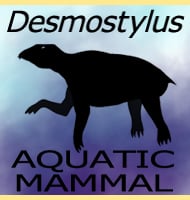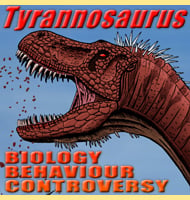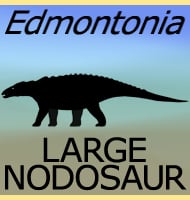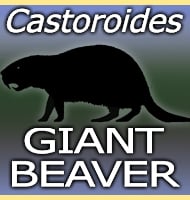In Depth
Belebey were bolosaurid parareptiles that lived during the early and mid stages of the Permian. Like other members of the Bolosauridae, Belebey were probably herbivores given that their teeth were most suited to processing plants. The type species of the genus from Russia, B. vegrandis could grow to around thirty-five centimetres long, but B. chengi from China may have been up to sixty centimetres long, though this species has only been described from the dentary (lower jaw). At the time of writing the most recent species to be described was B. augustodunensis from France.
Further Reading
- A new bolosaurid parareptile, Belebey chengi sp. nov., from the Middle Permian of China and its paleogeographic significance, Johannes M�ller, Jin-Ling Li & Robert R. Reisz - 2008. - First evidence of a bolosaurid parareptile in France (latest Carboniferous-earliest Permian of the Autun basin) and the spatiotemporal distribution of the Bolosauridae, Jocelyn Falconnet - 2012.
